The Evolution of Socks: From Ancient Civilisations to Modern Festivals
Did you know that socks, traditional footwear, have been worn for over a millennium across various cultures worldwide? From protecting feet to symbolising social status and traditional attire, socks play a significant role in cultural traditions globally. This blog explores the fascinating world of socks around the globe, delving into their diverse cultural significance, unique traditions, and design. Join us on a journey through different countries and discover how something as simple as a pair of socks can hold such rich history and meaning.
Key Takeaways
- Understand the historical origins of socks and how they have evolved through ancient civilisations and ages, shaping their cultural significance today.
- Explore the impact of the Industrial Revolution on sock production and how modern materials have enhanced comfort and durability.
- Discover the diverse global sock traditions and festivals, highlighting the cultural importance and unique practices associated with socks around the world.
- Consider the role of socks in fashion and etiquette, reflecting on how they serve as more than just a functional garment but also as a statement of style and social norms.
- Embrace the cultural richness and traditions embedded in something as seemingly simple as a pair of socks, connecting people across continents through shared practices and beliefs.
- Next time you put on a pair of socks, think about the journey this humble garment has taken through history and the meaningful traditions it represents.
Historical Origins of Socks
Ancient Beginnings
Early socks can be traced back to ancient times, with evidence suggesting their existence in civilizations like Egypt, where they were crafted from animal hides for warmth and protection. These primitive garments evolved over time to become more sophisticated.
ks were initially utilitarian, serving a purely functional purpose of keeping feet warm and protected. In ancient Greece and Rome, socks made from woven fabrics emerged as a more comfortable alternative to animal hide coverings. The transition to fabric marked a significant advancement in sock-making techniques.
Evolution of Materials
The materials used in early sock production varied depending on the region's resources and climate. Animal hides were prevalent in colder climates due to their insulating properties, while warmer regions favoured lighter fabrics like linen or cotton. This diversity in materials reflected the adaptability of socks to different environments.
- Pros:
- Diverse materials allowed for socks to be tailored to specific needs.
- Innovation in material usage led to improved comfort and durability.
- Cons:
- Limited availability of certain materials may have restricted sock production in some regions.
- Varied materials required different maintenance methods.
Development of Designs
As societies progressed, so did the complexity of sock designs. What began as simple foot coverings gradually evolved into intricate garments adorned with patterns and embellishments. The evolution of sock designs mirrored advancements in textile production and craftsmanship.
The transition from basic coverings to elaborate designs signified a shift towards not just functionality but also aesthetics. Socks became a means of self-expression, with patterns and colours reflecting individual tastes and social status. This transformation marked a turning point in the cultural significance of socks.
- Pros:
- Enhanced aesthetic appeal through intricate designs.
- Symbolism embedded in sock patterns added layers of meaning.
- Cons:
- Elaborate designs may have increased production costs.
- Maintenance of detailed patterns could be more challenging.
Socks in Ancient Civilisations
Egyptian Fashion and Warmth
Ancient Egyptians, known for their intricate fashion sense, utilised sheep wool to craft socks for both style and practicality. These early socks were often brightly coloured and adorned with elaborate designs, showcasing the wearer's social status. In the chilly desert nights, these socks provided much-needed warmth, especially for the elite class.
Greek and Roman Military Usage
In Greek and Roman cultures, socks played a crucial role in military attire. Soldiers wore socks made from sheep wool to protect their feet during long marches and battles. These socks were designed to provide comfort, prevent blisters, and maintain hygiene in challenging terrains. The durability and insulating properties of sheep wool made it an ideal material for such demanding conditions.
Traditional Dress Significance
Across various ancient civilisations, socks held significant importance in traditional dress. From the intricate patterns of Chinese silk socks to the of Norse cultures, these garments reflected not only fashion but also cultural identity. Socks were often intricately woven or embroidered with symbols representing beliefs, social status, or even protection against evil spirits.
Evolution Through the Ages
Hand-Knitted Origins
ks have evolved significantly over time, transitioning from hand-knitted items to machine-made products. In ancient civilisations, socks were primarily crafted by hand using basic tools and techniques.
The transition to machine-made socks began during the Industrial Revolution, with the invention of knitting machines in the 16th century. This technological advancement revolutionised the production of socks, making them more accessible to a wider population.
Influence of Historical Periods
Historical periods such as the Renaissance and Victorian eras played a crucial role in shaping sock styles. During the Renaissance, socks became a symbol of wealth and status, with intricate designs and embellishments adorning them.
In the Victorian era, socks were elaborately decorated with lace and embroidery, reflecting the fashion trends of the time. The availability of different materials also influenced sock styles, with silk and cotton becoming popular choices.
Over time, socks have seen a variety of new patterns and colours introduced, reflecting societal changes and trends. Traditional patterns like stripes and polka dots have remained popular throughout history.
The introduction of bold colours and quirky patterns in modern times has revolutionised sock fashion, allowing individuals to express their unique style preferences. Today, socks are not just a functional clothing item but a fashion statement.
Impact of the Industrial Revolution
Mechanisation of Sock Production
During the Industrial Revolution, the traditional footwear industry experienced a significant transformation with the introduction of mechanisation. Machines replaced manual labour in sock production, leading to increased efficiency and higher output. This shift revolutionised the way socks were made, making the process faster and more cost-effective.
The implementation of machinery in sock manufacturing not only increased productivity but also improved the overall quality and consistency of the products. This advancement allowed for the creation of socks on a much larger scale than ever before, meeting the growing demand for this essential item of clothing. As a result, socks became more readily available to a wider population, transcending social classes and becoming a staple in people's wardrobes.
Rise of Mass Production
With the rise of mass production during the Industrial Revolution, socks became more affordable and accessible to the general public. The mechanisation of sock manufacturing led to a reduction in production costs, making socks a commodity that was no longer limited to the elite or wealthy individuals. This accessibility allowed people from various socio-economic backgrounds to purchase and wear socks as part of their everyday attire.
Mass production not only made socks more affordable but also contributed to the standardisation of sizes and styles. The availability of a wide range of sizes ensured that individuals could find socks that fit them comfortably, enhancing both comfort and functionality. Moreover, the standardisation of styles paved the way for the emergence of diverse sock designs, catering to different preferences and fashion trends.
Emergence of Diverse Styles and Patterns
The Industrial Revolution marked a turning point in sock fashion, giving rise to an array of diverse styles and patterns. As mass production made socks more affordable and accessible, manufacturers began experimenting with various designs to cater to evolving consumer tastes. This period saw the introduction of bold patterns, vibrant colours, and intricate detailing in sock craftsmanship.
The diversity in sock styles allowed individuals to express their personalities through their choice of footwear. From simple stripes to elaborate motifs, socks became not just a functional garment but also a fashion statement. The availability of different patterns and styles enabled people to mix and match their socks with various outfits, adding a touch of flair and individuality to their overall look.
Modern Sock Materials and Comfort
Synthetic Innovations
Modern sock materials have evolved significantly, with the development of synthetic fabrics enhancing both comfort and durability. These materials offer improved moisture-wicking properties, ensuring feet stay dry and comfortable throughout the day. The use of synthetic fibres like polyester and nylon has revolutionised the sock industry, providing wearers with enhanced performance and longevity.
Innovations in sock technology have introduced seamless construction, eliminating irritating seams that can cause discomfort or blisters. This advancement not only enhances comfort but also improves the overall fit of the sock. Seamless socks are particularly popular among athletes and individuals with sensitive skin, offering a smooth and irritation-free experience.
Importance of Moisture-Wicking Fabrics
The incorporation of moisture-wicking fabrics in modern sock design is crucial for maintaining foot health. These fabrics draw moisture away from the skin, preventing the build-up of sweat and reducing the risk of odour and fungal infections. Breathable materials such as bamboo and merino wool allow for better air circulation, keeping feet cool and dry even in challenging environments.
Utilitarian socks like thermal socks utilise advanced fabric technologies to provide exceptional warmth without compromising on breathability. These socks are designed to regulate temperature effectively, making them ideal for outdoor activities in cold weather. The combination of insulating properties and moisture management ensures that feet remain comfortable and protected in various conditions.
Innovative Cushioning Techniques
One of the key advancements in modern sock design is the integration of cushioning techniques for enhanced comfort and support. Socks with strategically placed cushioning offer targeted protection to high-impact areas like the heel and ball of the foot, reducing strain and fatigue during prolonged wear. This feature is particularly beneficial for athletes and individuals engaged in high-intensity activities.
The introduction of luxury cashmere socks showcases how traditional materials can be combined with innovative technologies to create a premium sock experience. These socks blend the softness and warmth of cashmere with modern manufacturing processes, resulting in a luxurious yet functional product. The integration of plush cushioning and seamless construction elevates the comfort level, making luxury socks a sought-after choice for those prioritising both style and performance.
Cultural Significance of Socks
Personal Identity
ks are not merely a functional garment but also symbolise personal identity and cultural heritage. In many societies, the design, colour, and patterns of socks can convey a person's social status or affiliation with specific groups.
ks have been intricately woven into the fabric of various cultures globally, showcasing unique designs that reflect historical narratives and artistic expressions. For instance, in Japan, the art of crafting intricate toe socks known as "tabi" has been passed down through generations, symbolising craftsmanship and tradition.
Rituals and Customs
Across different regions, socks play a pivotal role in numerous traditions and customs. In South Korea, during Seollal (Lunar New Year), the act of gifting brightly coloured socks symbolises wishes for good health and prosperity in the coming year. Similarly, in Russia, it is customary to remove shoes when entering someone's home and present them with a new pair of socks as a sign of respect.
In some cultures, such as those in parts of Africa and South America, socks are worn during traditional dances and ceremonies to enhance the aesthetic appeal of the attire and add a touch of cultural significance to the performance.
Symbolism in Different Cultures
The symbolism associated with socks varies across different cultures, often representing concepts like luck, prosperity, and protection. For example, in Scotland, wearing a pair of socks knitted with intricate patterns is believed to bring good fortune to the wearer. Similarly, in Chinese culture, red socks are considered auspicious and are often given as gifts during special occasions to bestow luck upon the recipient.
In Native American traditions, intricately designed moccasin socks are worn during ceremonies as a symbol of connection to the earth and ancestral roots. These symbolic garments serve not only as practical clothing items but also as powerful emblems of cultural pride and spiritual significance.
Global Sock Traditions and Festivals
Unique Celebrations
In Japan, sock culture is deeply rooted in the tradition of gift-giving. During the New Year, it is customary to exchange socks filled with rice cakes as a symbol of good luck and prosperity. Similarly, in India, colourful socks are exchanged during Diwali, the festival of lights, signifying warmth and well wishes.
Festivals of Craftsmanship
Around the world, sock festivals serve as platforms to showcase intricate designs and skilled artistry. The International Sock Festival in France celebrates the craftsmanship of local artisans who hand-knit unique socks, blending modern trends with traditional techniques. In Peru, the Alpaca Wool Sock Festival honours the cultural heritage of the Andean communities through vibrant patterns and sustainable practices.
Cultural Exchange Through Socks
Global events like the World facilitate cross-cultural interactions by bringing together folklore enthusiasts and artisans from diverse backgrounds. This expo not only showcases the rich tapestry of sock traditions but also fosters collaborations that transcend borders, promoting mutual understanding and appreciation for each other's heritage.
Socks in Fashion and Etiquette
Fashion Evolution
Stylish socks have transcended their functional role to become a prominent fashion accessory, reflecting personal style and creativity. From coloured socks to woollen socks, the variety in sock fashion allows individuals to experiment with different looks.
ks now serve as a canvas for self-expression, with specific socks like toe socks and low cut socks offering unique design elements. The emergence of sock designs has revolutionised the way socks are perceived in modern fashion, blending comfort with style seamlessly.
Unwritten Rules
In formal settings, wearing formal socks or business socks is crucial to maintaining a polished appearance. Conversely, in casual environments, individuals have more freedom to play with colours and patterns, showcasing their personality through their choice of coloured socks.
The etiquette of sock length is also significant; opting for low cut socks with shorts exudes a laid-back vibe, while choosing longer socks with trousers conveys professionalism. Understanding these nuances ensures that one's outfit remains cohesive and well put together.
Individuality and Statements
For those seeking to stand out, lucky socks or iconic kilt socks can add a touch of whimsy to an otherwise conventional ensemble. Incorporating traditional tabi socks from Japan or bold prints into an outfit can elevate it from ordinary to extraordinary.
Final Remarks
ks have woven themselves into the fabric of human history, from their humble beginnings to becoming a cultural emblem worldwide. As you've journeyed through the historical origins, ancient civilizations, industrial revolutions, and modern innovations of socks, you've uncovered a world of tradition, comfort, and style that transcends borders. From festive celebrations to everyday fashion choices, socks play a significant role in various cultures, reflecting our shared humanity despite diverse backgrounds. Embrace the cultural tapestry that socks represent and appreciate the stories they tell with every thread.
Keep exploring the world of socks beyond their practicality; delve into the rich traditions and customs they carry. Whether you're slipping on a pair for warmth or fashion, remember the intricate narratives and global connections each sock holds. Step into this world with newfound appreciation and curiosity.
Frequently Asked Questions
What are the historical origins of socks?
ks have a long history, dating back to ancient times when they were made from animal skins or woven fabrics. They were initially worn for warmth and protection.
How have socks evolved through the ages?
From basic foot coverings in ancient civilisations to the diverse range of styles and materials available today, socks have evolved to become not just functional but also fashionable accessories.
What is the cultural significance of socks?
ks hold cultural importance worldwide, symbolising warmth, comfort, and individuality. In different cultures, they may signify social status, religious beliefs, or even superstitions.
Are there any global sock traditions or festivals?
Yes, various countries celebrate sock-related traditions and festivals. For example, in Japan, there is a tradition of giving colourful socks as gifts for good luck and prosperity.
How do modern sock materials enhance comfort?
Modern sock materials such as merino wool, bamboo fibres, and moisture-wicking synthetics offer superior comfort, breathability, and durability compared to traditional materials like cotton.




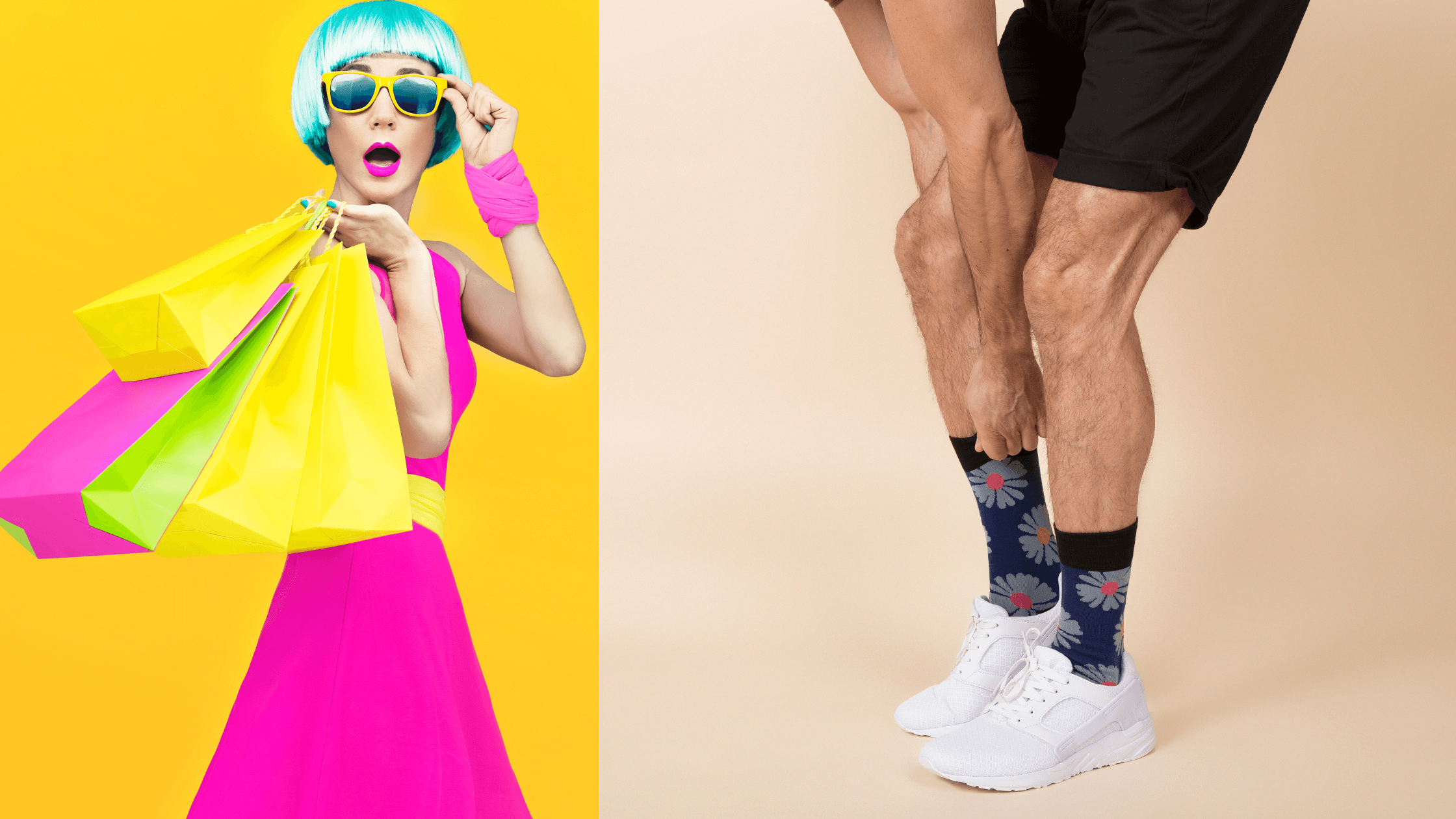
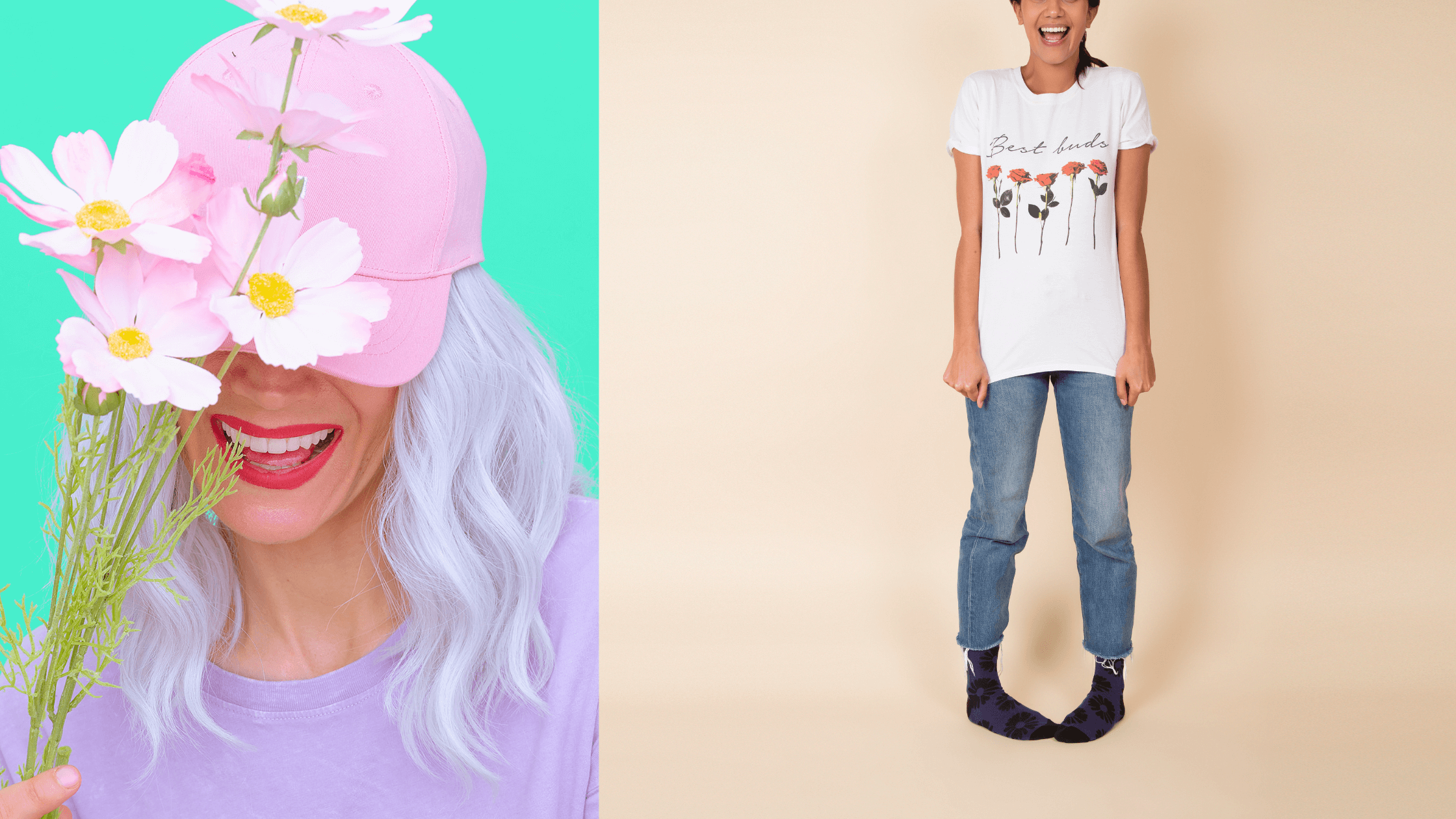


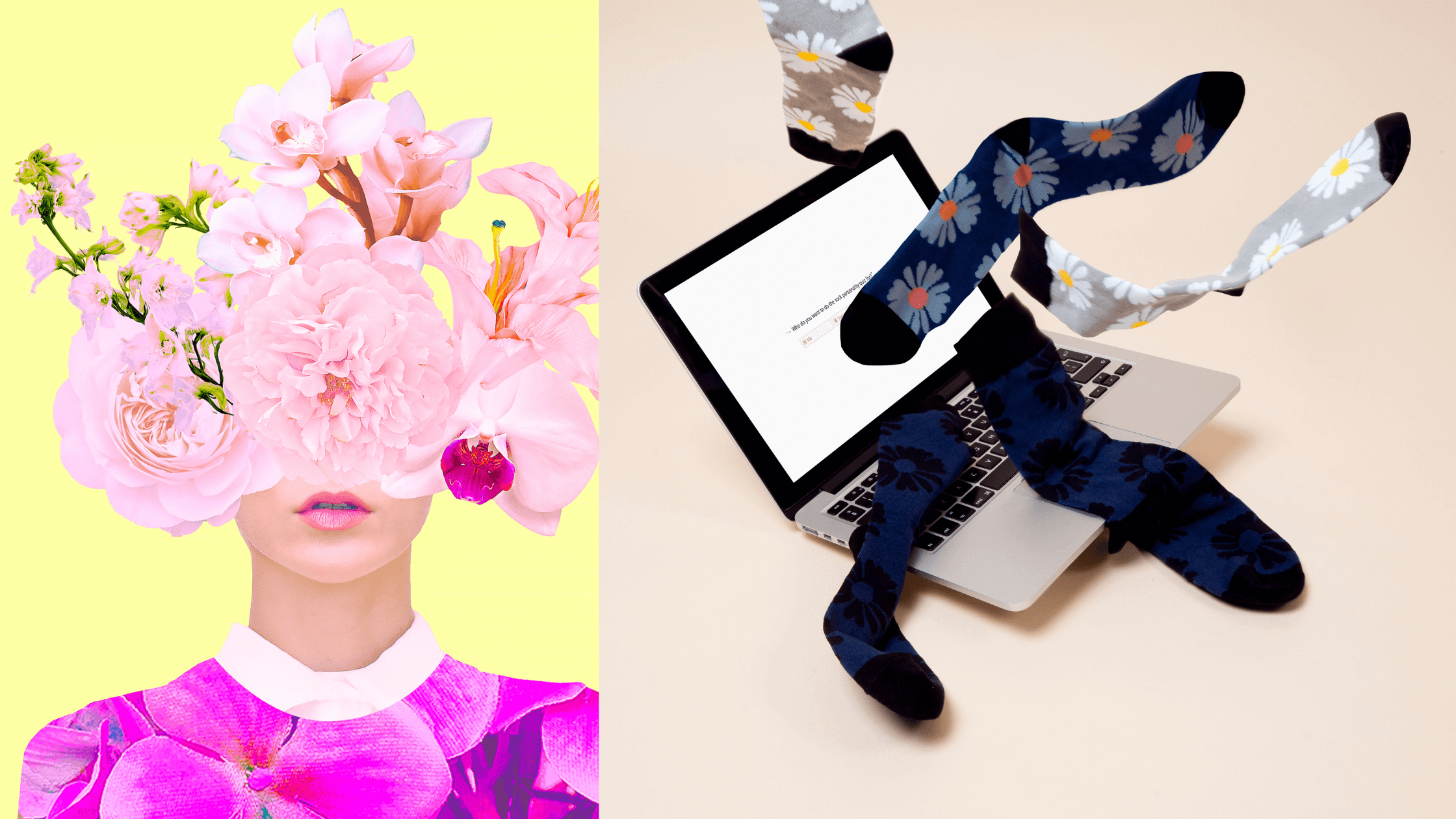




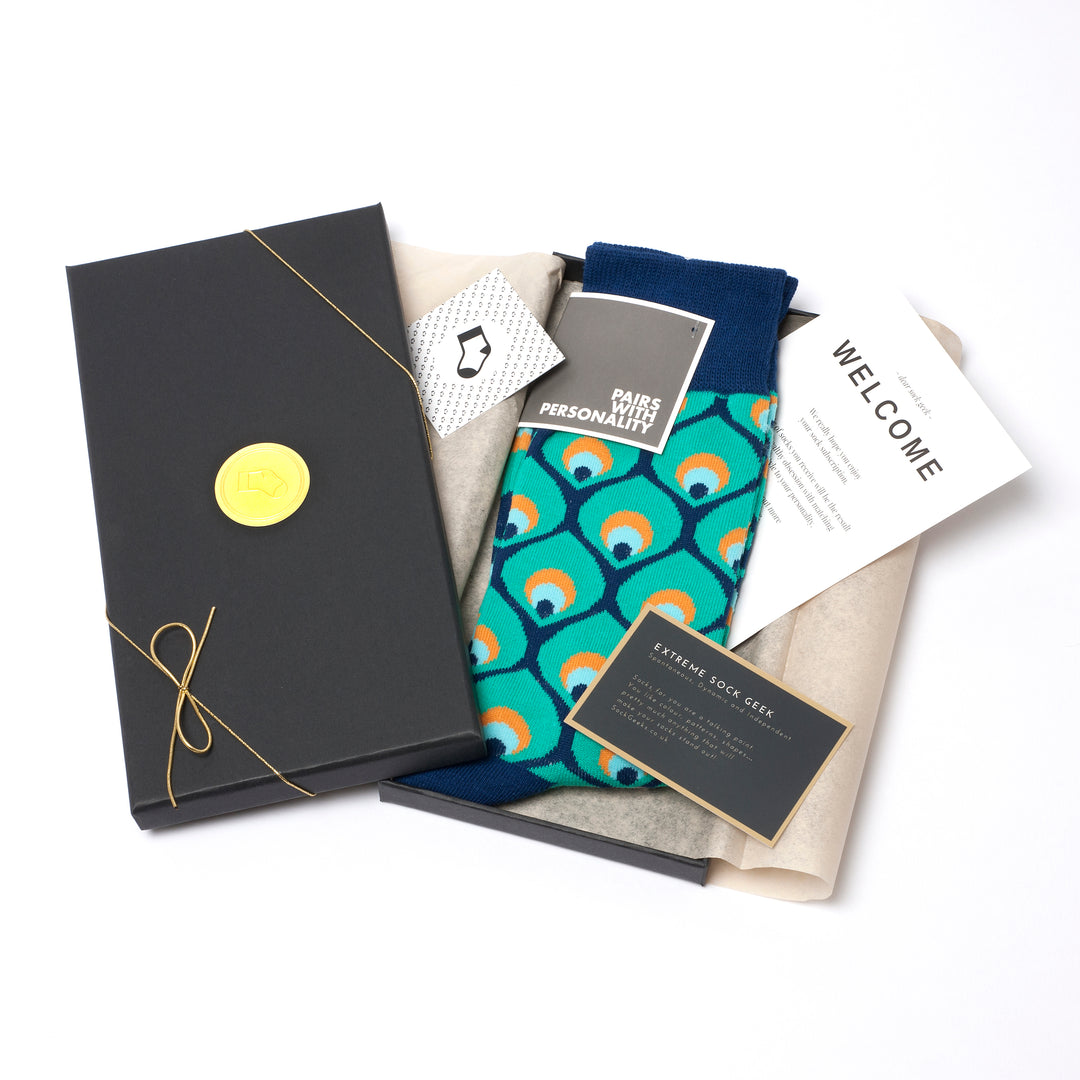

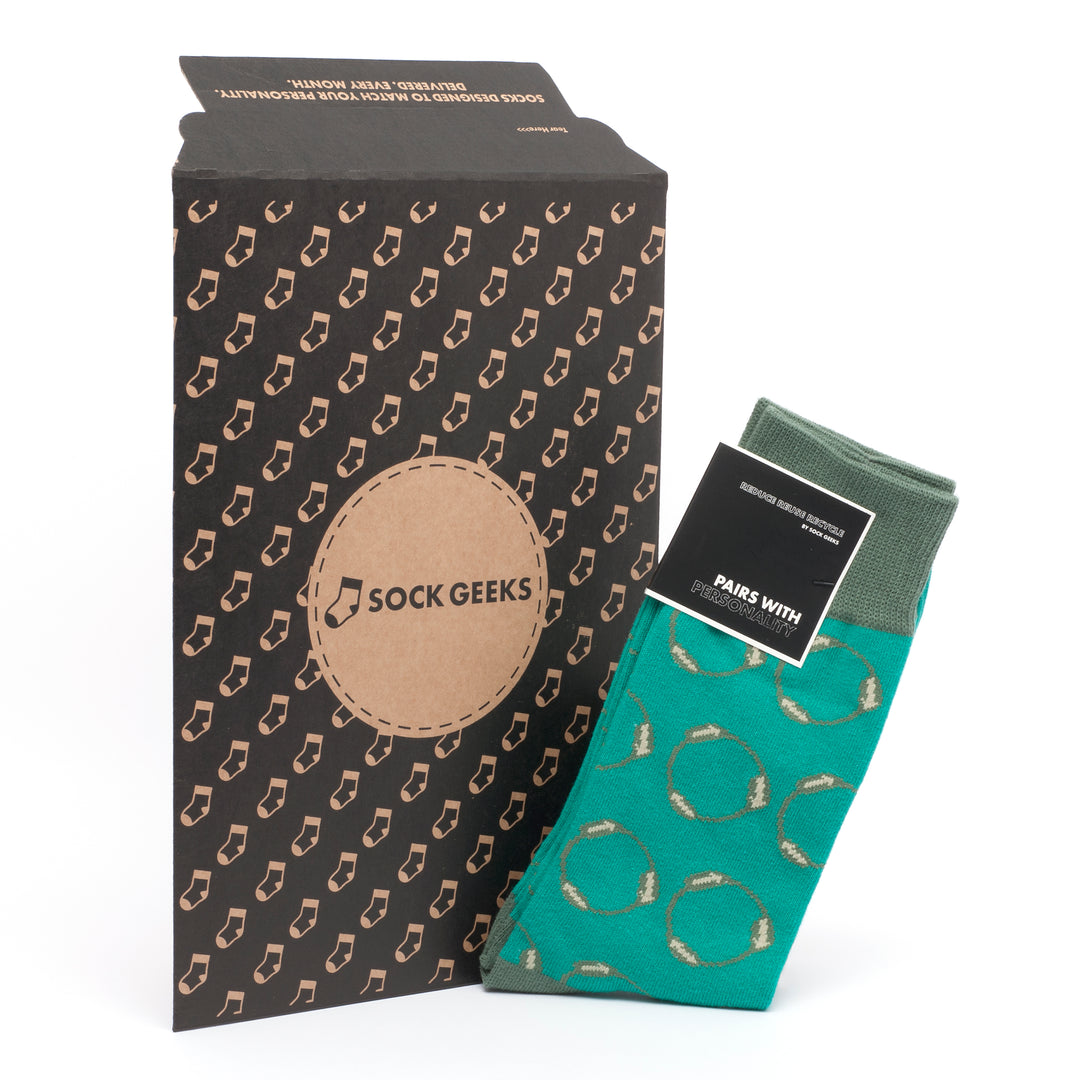
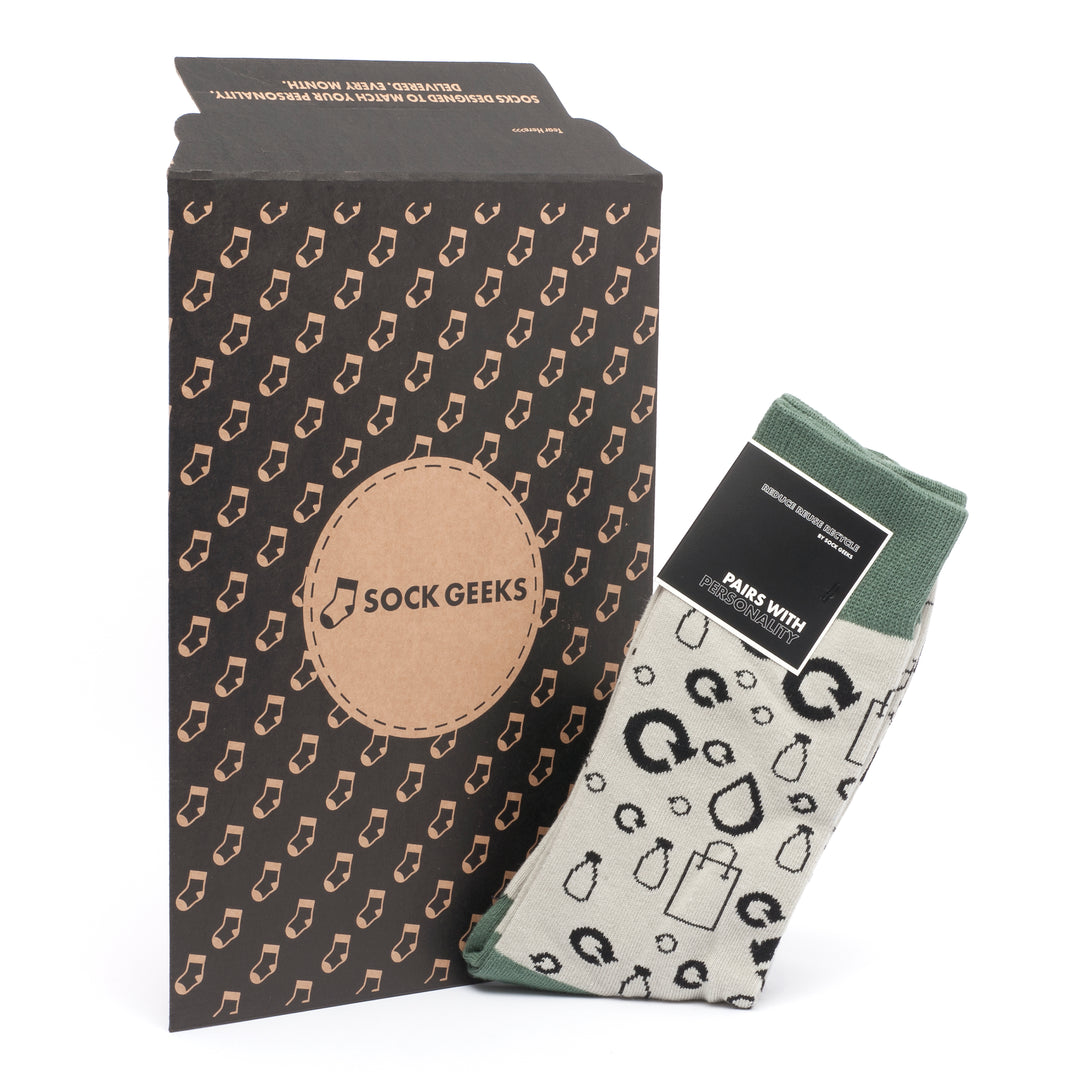



Leave a comment